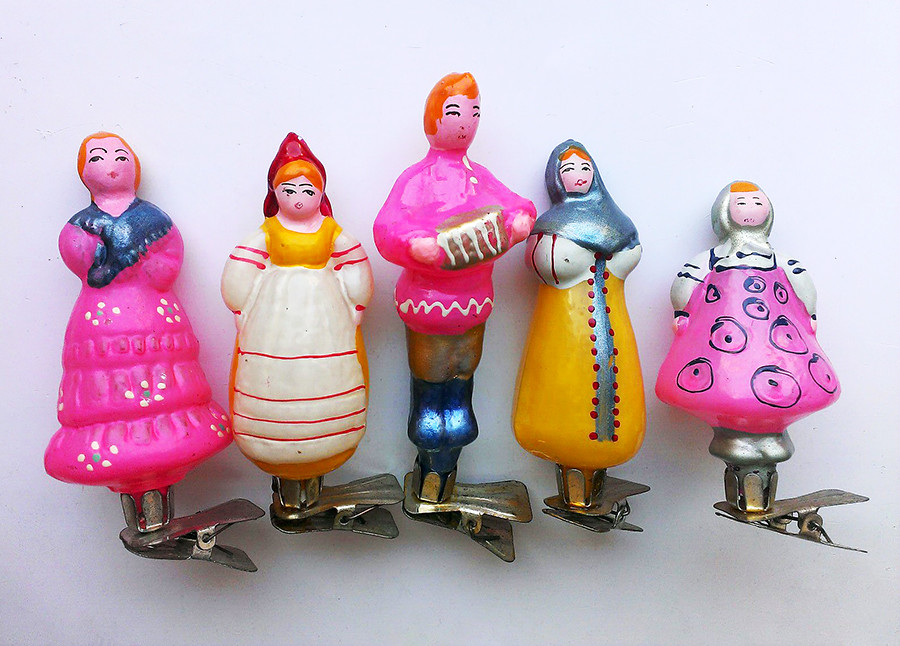Toy story: 5 secrets of New Year’s tree decorations in the USSR
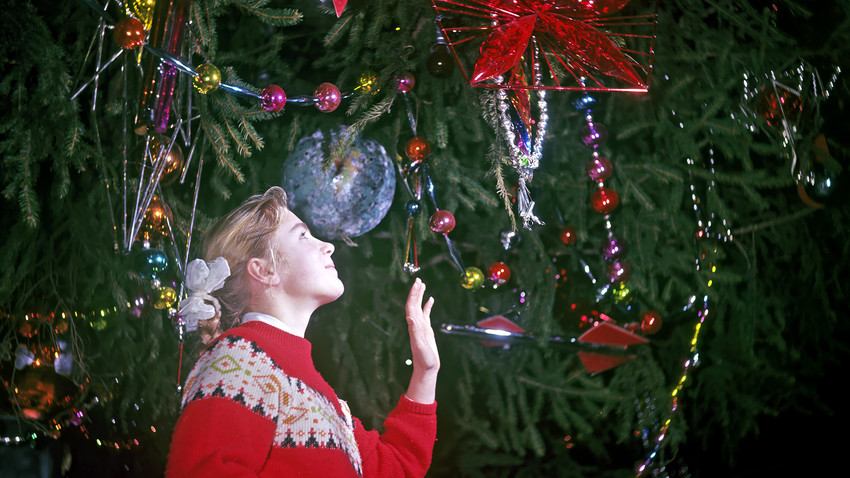
A girl at the New Year party held in Georgiyevsky hall of the Grand Kremlin Palace, 1967
Maksimov/SputnikAfter 18 years of a ban on Christmas, which the Bolsheviks considered a bourgeois and harmful festival, the tradition of celebrating New Year’s appeared in 1935. An article by Communist party official Pavel Postyshev was published in the newspaper, Pravda, in which he proposed to give Soviet children a return to “the atmosphere of fairytale and magic.”
While the winter festival was rehabilitated, all religious references were removed. Henceforth, people celebrated New Year’s, and not Christmas, as was the case in Imperial Russia. The holiday’s main symbol, as in the past, was the evergreen tree, whose decoration changed considerably compared to the tsarist era.
The traditional star of Bethlehem, for example, was replaced by the Red Army’s five-pointed ruby star. Instead of angels and the magi, the tree was decorated with toys in the form of animals, plants, Kremlin towers, athletes
1. Soviet Symbolism
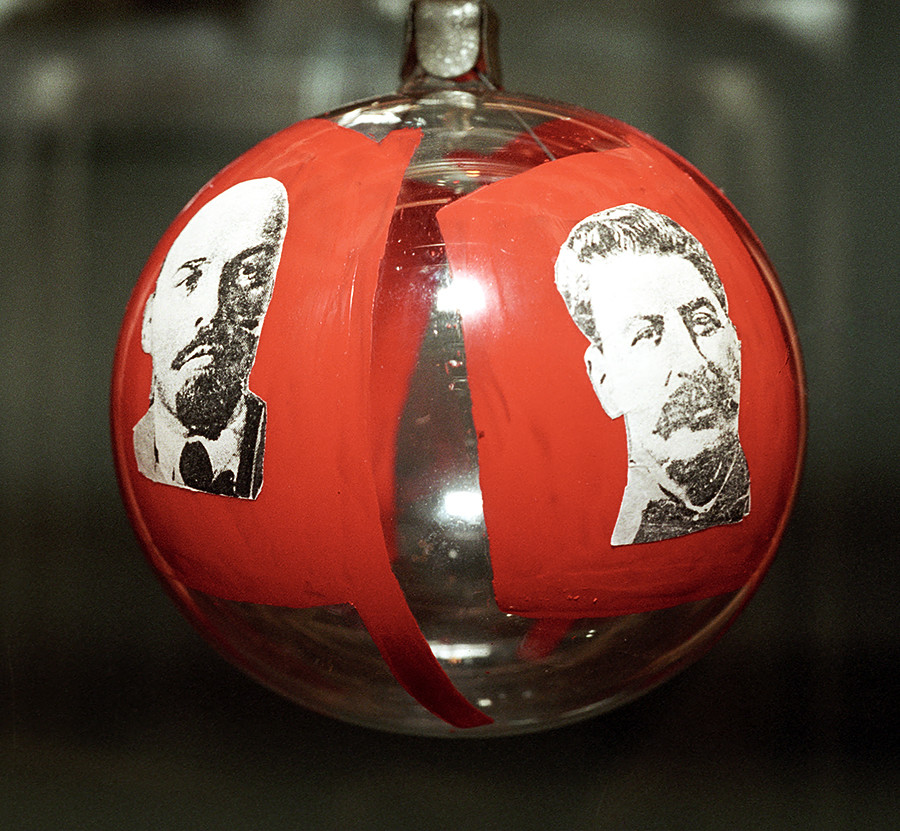
The first Soviet tree ornaments that appeared after the reintroduction of New Year’s had propaganda goals – dirigibles, airplanes, ships and other figures with the words, “USSR, Communism Will Triumph!” They did the same with Soviet state symbols: red stars, as well as the hammer and sickle.
In 1936 in Kharkov, a factory produced a series of multicolored glass balls with portraits of Soviet Politburo members. One of the balls, for example, had a portrait of Lenin on one side and that of Stalin on the other. Production soon stopped, however, because the political climate in the 1930s was changing, and yesterday’s heroes were now enemies of the people who were not supposed to have a place on the festive tree.
2. Sport and space
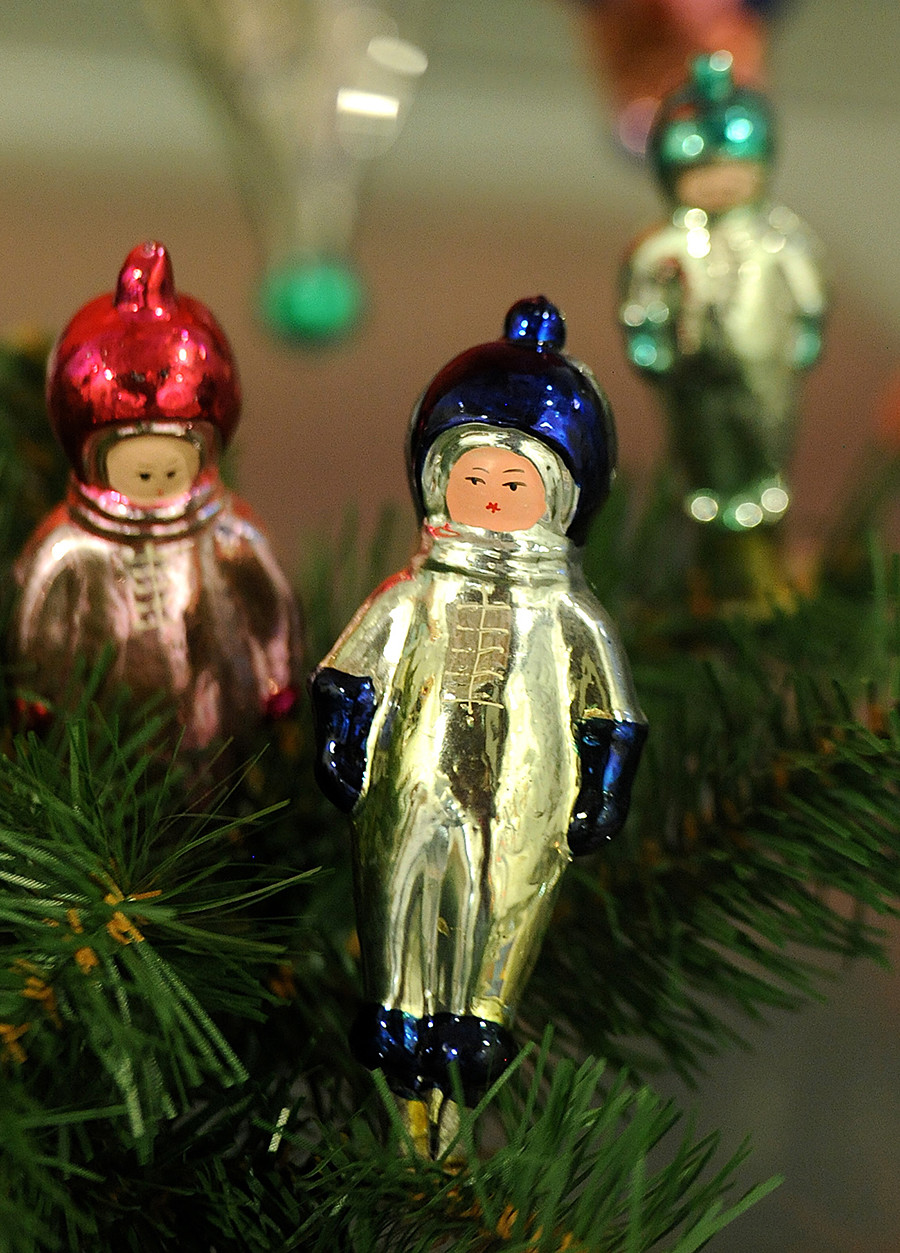
After the Soviet Union’s launch of Sputnik 1 and the beginning of the space age, Soviet trees were decorated with figures of cosmonauts, satellites, rockets, stars
3. Agriculture
4. Cinema
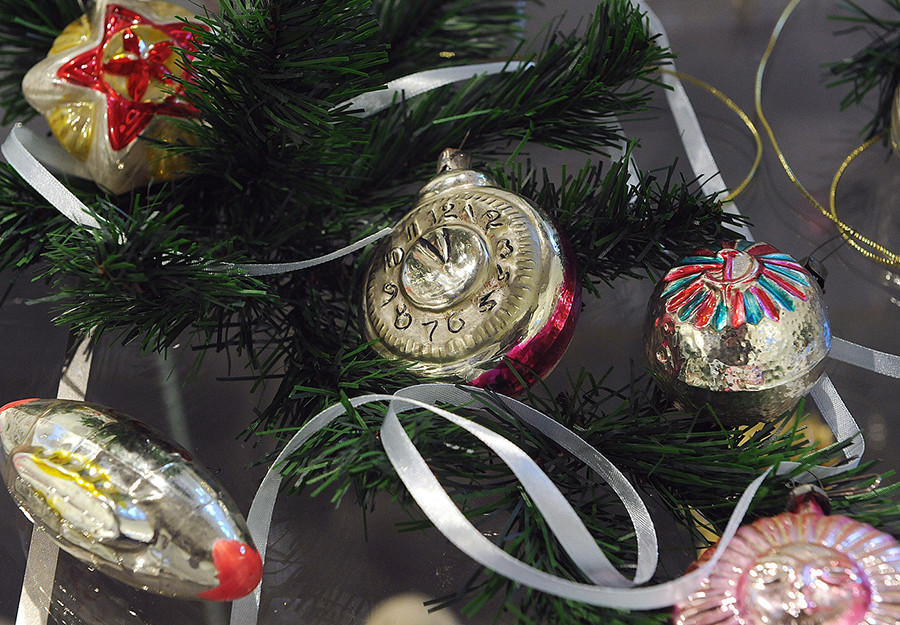
5. Ethnic
Find out everything you ever wanted to know about the New Year’s holiday in Russia.
If using any of Russia Beyond's content, partly or in full, always provide an active hyperlink to the original material.
Subscribe
to our newsletter!
Get the week's best stories straight to your inbox

